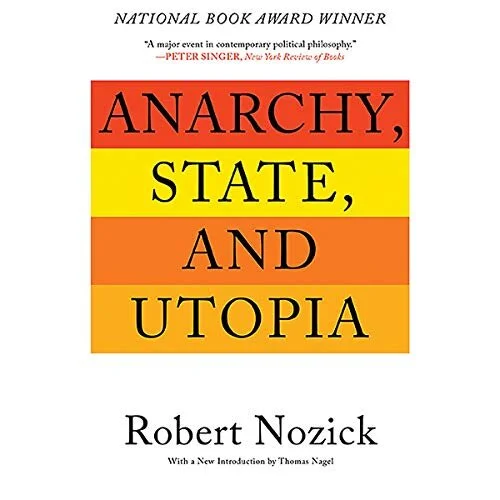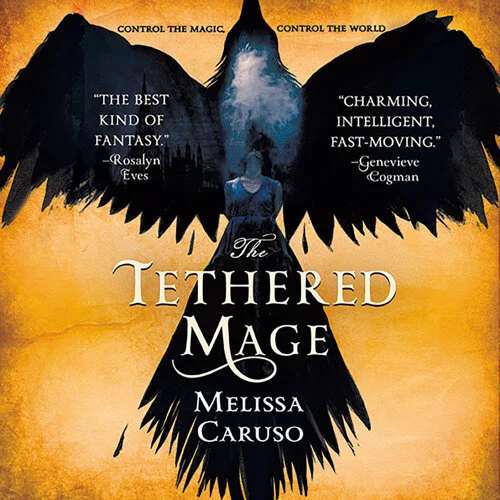The City We Became turns liberal New York into a weapon against interdimensional evil
A new series of novels from N.K. Jemisin comes with a lot of anticipation. Her last trilogy, the Broken Earth series, was the first series to win the prestigious Hugo Award for best novel for all three volumes. Jemisin was also the first African American to win the Hugo Award for best novel for The Fifth Season in 2016.
There was a lot of excitement building up to the release of The City We Became, the first novel in her new Great Cities series. When appraising the novel, I tried to put aside the enthusiasm for new writing from a great author and focus on the content of this new book itself.
What I found was that this book is an engaging read, the plot is tense and the novel is populated by complex characters with rich personal histories. However, what is most interesting about this book is how it uses aspects of the fantasy genre to illuminate the politics of our world.
Self-aware cities
The City We Became is set in contemporary New York in a world like ours, but with one crucial difference: when cities reach a certain size and vibrancy, they become self-aware entities. This has happened throughout human history, to cities from Alexandra to Hong Kong, and now New York is on the verge of achieving sentience.
However, at the moment of birth there is interference by a malevolent, oddly tentacled force from another dimension. Instead of the whole city awakening to sentience, New York’s consciousness is split between its five boroughs each with their own very different personalities.
Jemisin’s Broken Earth novels sit somewhere on the border between far future science fiction and epic fantasy, but this novel fits well into the sub-genre of urban fantasy, which shows Jemisin’s range as a writer. Like a lot of urban fantasy, it weaves history and culture together to form a fantastical mythos for the novel’s urban setting. In The City We Became, Jemisin uses the history and culture of New York to make an argument about contemporary politics.
American culture war
The culture war that has gripped America is weaved into the story of the characters and the fantasy plot. The strange tentacles from another dimension take control of the political enemies of the protagonists to destroy them.
A group of alt-right provocateur artists attempt to get the Bronx Art Centre, run by the avatar of the newly created self-aware Bronx borough, shut down. The avatar of sentient Staten Island is a xenophobe and her xenophobia is inherited from her over protective and bigoted cop father. This xenophobia is used by the interdimensional tentacled enemy to divide her from the other, non-white, avatars of New York.
Lovecraft and racism
The book draws on many horror and urban fantasy references, specifically HP Lovecraft. Lovecraft lived in New York, and his fear of the racial diversity he encountered there caused him to have a mental breakdown. This led to him imagining a New England that is filled with strange cults and monstrous tentacled interdimensional beings, which crop up in his writing.
Lovecraft’s writing - which has had a wide influence on the horror, fantasy and sci-fi genres, from Stephen King to the Alex Garland film Annihilation - is extraordinarily racist. Jemisin addresses this by making the Lovecraftian horrors in her novel the racist enemies (from this dimension and others) of the novel’s protagonists: a diverse group of New Yorkers who are avatars of the five boroughs. This subverts the racism of Lovecraft's writing.
This is a similar approach to another recent SSF story inspired by Lovecraft: the HBO adaptation of Matt Ruff’s Lovecraft Country, which tells the story of a group of African Americans during the Civil Rights period having to deal with ancient evil cults, other dimensional beings and racist cops.
Fantasy story. Contemporary politics
The book marries a fantasy story about the avatars of each of the boroughs coming together to fight the mysterious tentacled interdimensional monster that is trying to destroy New York, with a story rooted in contemporary American politics. This is via the novel’s protagonists, the characters who suddenly become the avatars of the boroughs, and their connections to politics.
The avatar of Brooklyn was a rapper with politically charged lyrics who now sits on the city council and is engaged in the fight against gentrification. The avatar of the Bronx is an artist with native American heritage, who runs a community arts centre. The avatar of Queens is a recent immigrant from India, whereas the avatar of Staten Island is the daughter of a cop.
The novel doesn’t use these characters to directly comment on contemporary big P politics, in a way that would date obviously. Donald Trump or Make America Great Again are not mentioned. Instead, the novel dives into small P political issues that are an inescapable part of peoples’ lives; issues such as police brutality and gentrification.
Gentrification is the weapon of the enemy
Setting part of the novel in the liberal dominated New York arts scene allies the characters who are artists with the protagonists of the novel and in opposition to the otherworldly invaders. This changes familiar aspects of the politics of our world into aspects of the battle for the soul of New York.
Art centres are safe spaces for the heroes. Gentrification is the weapon of the enemy as it closes community art centres. The same goes for spaces that embrace diversity, such as those that are tolerant of immigrants, POC and queer people. The space dominated by cops and conservatives are allied with the other worldly enemy. The cultural conflict over space in New York becomes part of the drama of the novel.
Liberal New York will save us
This aligning of the inclusive, diverse aspects of New York with the protagonists fighting to save the city from destruction is a defence of the liberal aspects of New York. A city of over eight million people, with all the diversity of wealth, race, power and culture that New York has, cannot stand for a single aspect of politics. The politics of the Bronx art centre are different to that of Wall Street and both are different to that of cops living in Staten Island suburbia. However, the abstracted world of the novel, advances the idea of New York as a liberal, inclusive place as something that is inherent to its character and will save it from destruction.
This novel is a defence of the liberal aspects of New York. The arts scenes, the tolerance of immigration and diversity, the inclusivity, the city that welcomes all people. This novel shows the aspects of New York that make it great and turns them into a weapon in an interdimensional war against an ancient city-killing evil.
This equating New York with the protagonists in a fantasy struggle tells a story that says New York is something inherently good. This is in opposition to the narrative that New York is a place filled with self-satisfied liberals who are out of touch with the rest of America. The things that make New York different from the rest of the America, the diversity, the tolerance, are not some elitist fad, they are what will save us from destruction.










